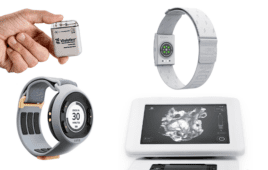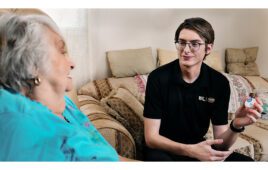Strokes often affect the motor skills of arms and hands of individuals, proving difficult for patients to perform everyday tasks. Researchers are now studying a new approach for stroke rehabilitation that could help improve their mobility skills sooner, according to Ohio State University Wexner Medical Center.
This new approach uses an implanted device, called a vagus nerve stimulator, to help rewire circuits in the brain. Almost like flipping a switch that makes the patient’s brain more receptive to therapy, this method combines brain pacing with normal stroke rehabilitation.
When the patient performs an exercise correctly during therapy, the therapist presses a button that triggers the device to stimulate the vagus nerve. This motion signals the brain to store this movement to memory. Currently, this clinical trial is evaluating patients’ scores from before and after using the device.
“The goal is to see if we can improve motor recovery in people who have what is, in effect, a brain pacemaker implanted in their body,” said Dr. Marcie Bockbrader, research physiatrist for the Neurological Institute at The Ohio State University Wexner Medical Center. “The idea is to combine this brain pacing with normal rehab and see if patients who’ve been through all of the other usual therapies after a stroke can get even better.”
Thus far, this technique has proved beneficial in about 85 percent of patients who have suffered from a stroke.

A new clinical trial at The Ohio State University Wexner Medical Center is examining an implanted device that uses vagus nerve stimulation to help stroke patients regain motor function. Credit: Ohio University




